Olafur Eliasson reflects on ways of seeing ahead of his latest exhibiton

Following exhibitions by artists Tomàs Saraceno, Sheila Hicks and Edmund de Waal, the privately funded space Espace Muraille, Geneva, welcomes a solo exhibition by Olafur Eliasson. Entitled ‘Objets définis par l’activité’ (‘Objects defined by activity’), the show brings together a selection of 18 artworks which highlight, together and separately, Eliasson’s research on time, perception, space, movement, and the relativity of reality. Unique in its form, the project was initiated by Laurence Dreyfus; it took the independent curator almost five years to bring this projects to life with the support of private collectors Caroline and Eric Freymond (patrons of the arts and founders of Espace Muraille).
For Dreyfus, Eliasson embodies the universal artist. ‘Eliasson confronts the finitude of the human being with the idea of a vast, expansive universe. He embodies light and optimism at the same time. He thinks about the present, imagines the future and dreams of what is coming next,’ says the curator. ‘His art form, in a way, is related to cosmology in that his vision is broad and humane. Eliasson is a generous soul who connects human beings. He is a thinker who believes solutions can be found to craft a better world.’
We caught up with Eliasson in Geneva to find out more about his Espace Muraille exhibition...
Wallpaper*: Would you say your work is related to the outside or inner world?
Olafur Eliasson: The world we live in is relative; we are guided through it by our senses. I want the visitor to be the producer rather than the consumer of (a) reality. The works shown here amplify the perception of the space and objects in front of us; they reflect on ‘how’ and ‘why’ we see things this way rather than ‘what’ we see.
For example, the Wavelength lamp (2018) breaks the light into a sequence, and The we mirror (2017) forces the eye into a 3D geometric composition, yet both play with the perception we have of their structure. All that to say our perception of the world is easily fooled: I want to reveal the tricks, highlight the way the media or politicians wrongly address certain issues. I want them to act as advocates for transparency.
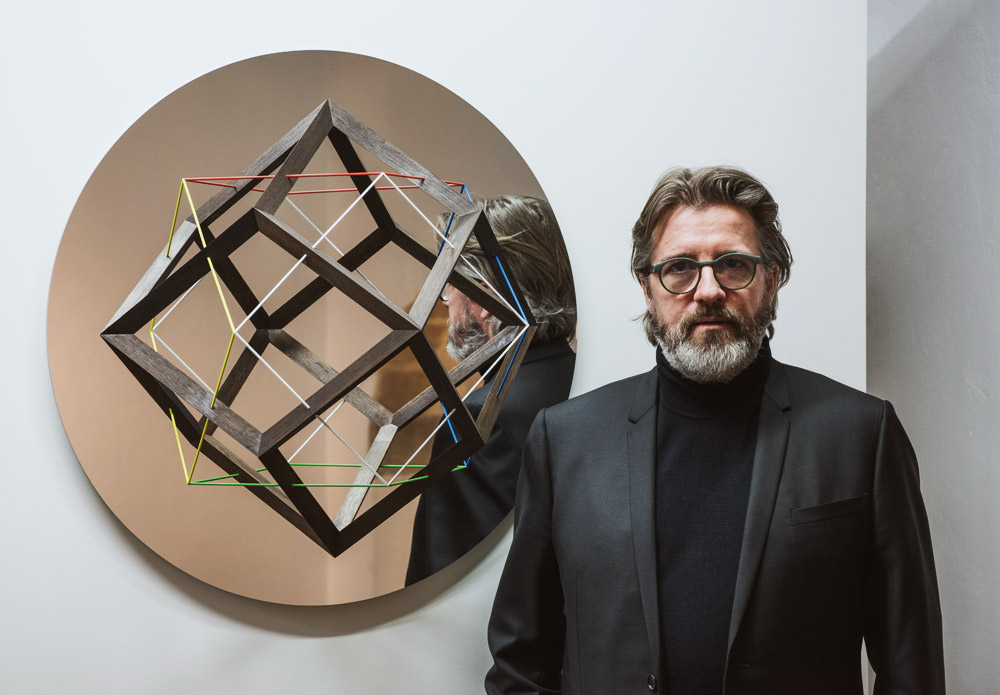
Olafur Eliasson in front of The we mirror, 2017. Installation view at Espace Muraille, Geneva, 2018. Courtesy of the artist and Neugerriemschneider, Berlin. © 2018 Olafur Eliasson
W*: You often speak about ‘embodying the work’, what do you refer to?
OE: I always try to work with and around physical elements to create emotions and sensations that stick with the viewer. Social media, on the opposite, generates disembodiment. With the fountains exposed on the lower floor – Objects defined by activity (now), (then) and (soon), 2009 – water and strobe light play together to create a form of timelessness. Perception shifts, a new horizon comes to life: it isn’t a line; it can’t be grasped. The strobe light makes the invisible visible, and the piece itself creates a ‘space’ where simple rules are challenged.
When you combine data with action, you start to influence the viewer: the later becomes the producer of his own reality rather than being the victim of it. I know it is very much a Scandinavian ideal, but these works hint at our capacity, and ability to change the world. All of my work is based on the process of turning a ‘thinking’ into a ‘doing’!
W*: How do geometry, perspective and direction inform your work?
OE: I love the eclipse shape. Did you know that unlike a square, it doesn’t deform in perspective? Confronted with it, in perspective, you can’t sense the depth of the space. I like to play with the idea of challenging perceptions, or reflections, and geometry offers endless possibilities. Many might think that when you enter the art world, you step out of the ‘real’ world. But it is very much the opposite: with amplified sensations, one can connect even closer with the world and its current issues. The geometric and colour spectrum compass (Everywhere compass, 2017) hanging above the staircase it there to orient us in a precise direction. The same goes for the Day and night lava, 2017 in which a dark lava stone half painted in white rotates before a concave mirror: it projects the reflection of the white side when the viewer is faced with the black side. You start looking wit intensity, questioning what you are seeing, going back and forth.
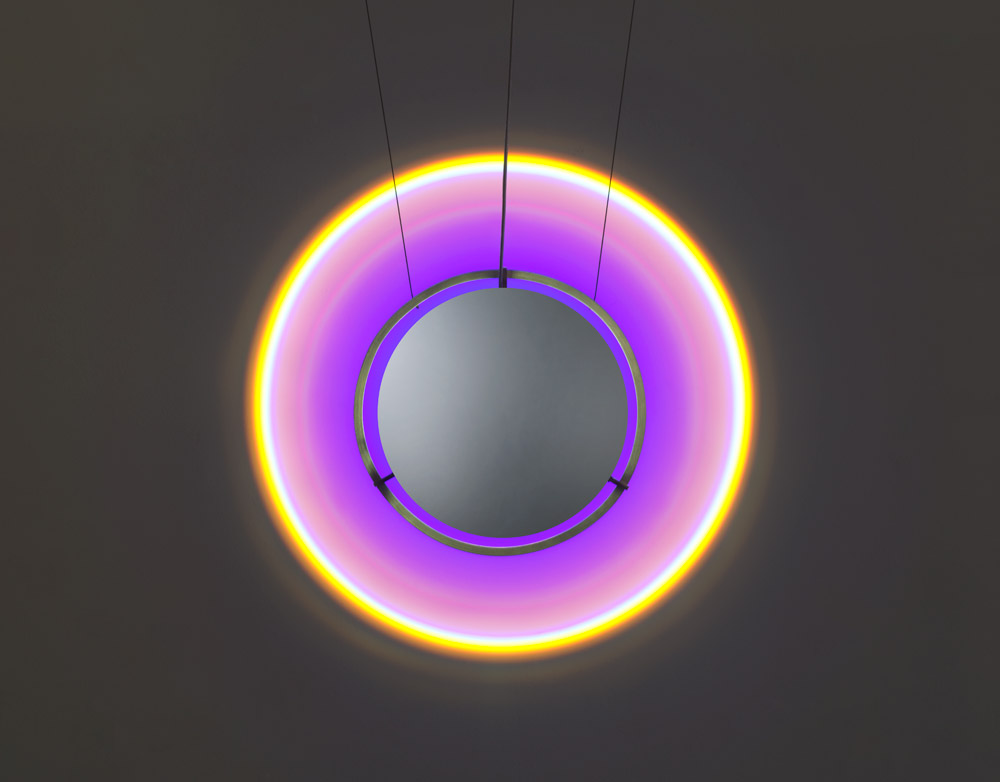
Wavelength lamp, 2018, by Olafur Eliasson. Courtesy of the artist and Neugerriemschneider, Berlin. © 2018 Olafur Eliasson
W*: Water, light, stone – the sun is also a key part of your visual language. Can you talk to us about Little Sun?
OE: Little Sun recently became a foundation and we are getting more and more involved in Africa through three different channels. Private vendors that help distribute the lamps at a much lower price than in Europe (the profits made in Europe serve as subsidies to reduce the price of the lamps). NGOs are also helping with the distribution of Little Sun which is expanding rapidly; we recently signed with the International Office of Migrants (ION), to make Little Sun available in refugee camps. Finally, we are partnering with local governments and schools to improve general education. Our hope is also to put a ‘pay as you go’ system in place to make it easier for families to lease the lamps.
My team and I met with the UNPD this morning to discuss further developments. At this stage we have sold 600,000 lamps (the two thirds of which in Africa), and we know, through studies, that a lamp increases the time dedicated to homework by one hour every day. The impact is real and we are hoping it continues to grow, to empower more and more children, especially little girls who benefit the most from such improvements and can study more.
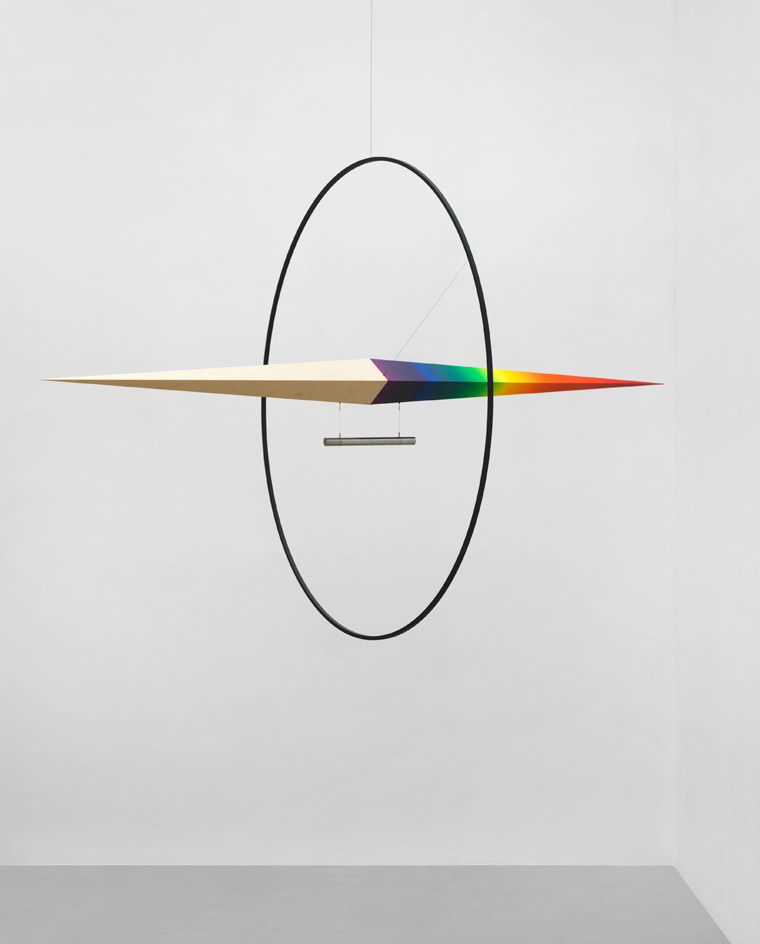
Everywhere compass, 2017, by Olafur Eliasson, stainless steel, wood, oil paint (colour spectrum), paint (black), magnet. Courtesy of the artist and Neugerriemschneider, Berlin; Tanya Bonakdar Gallery, New York. © 2017 Olafur Eliasson
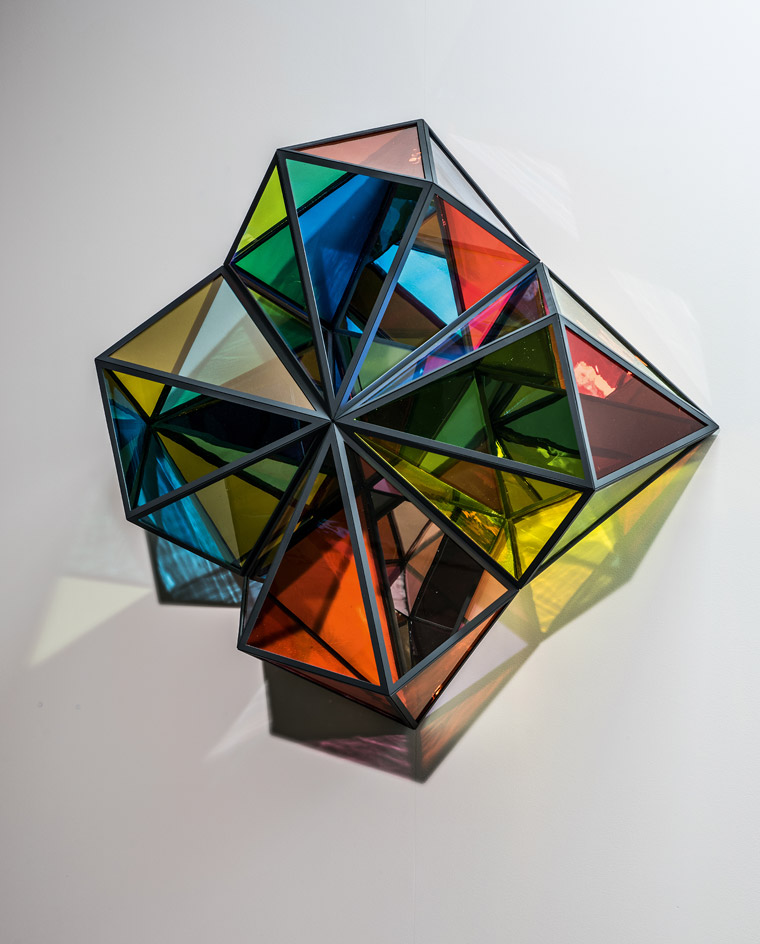
Colour window, 2018, by Olafur Eliasson. Installation view at Espace Muraille, Geneva, 2018. Stainless steel, coloured glass (yellow, blue, green, orange, pink, transparent), colour-effect filter glass (green, orange), mirror, gold, paint (dark grey). Courtesy of the artist and
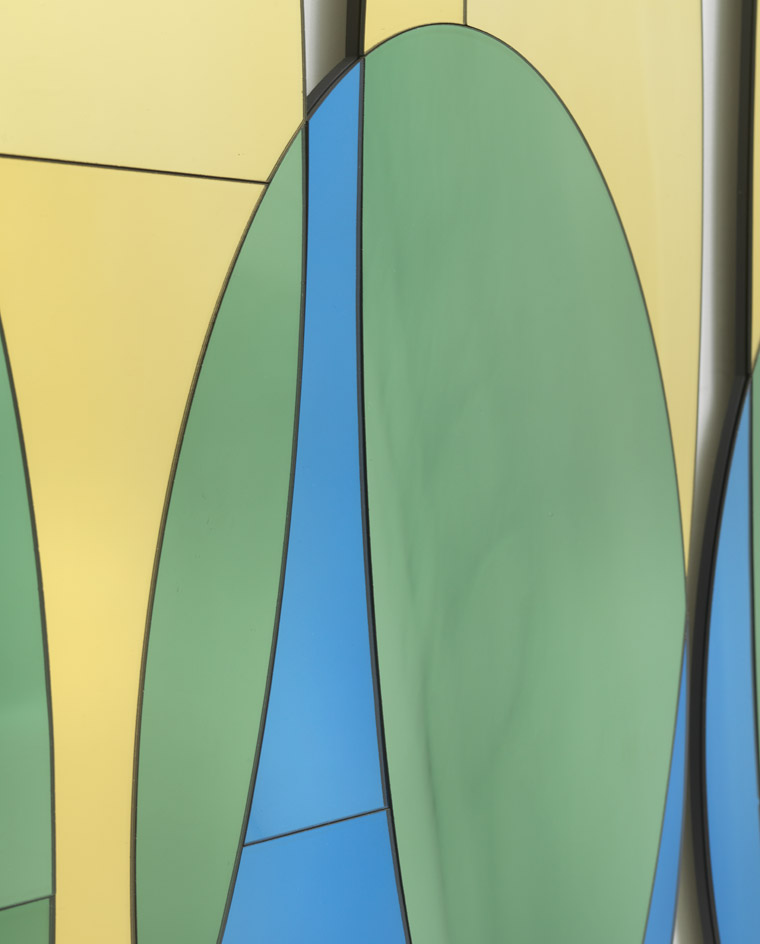
The meeting of times, 2018, by Olafur Eliasson, silvered coloured glass (blue, yellow, green), aluminium. Courtesy of the artist and Neugerriemschneider, Berlin. © 2018 Olafur Eliasson
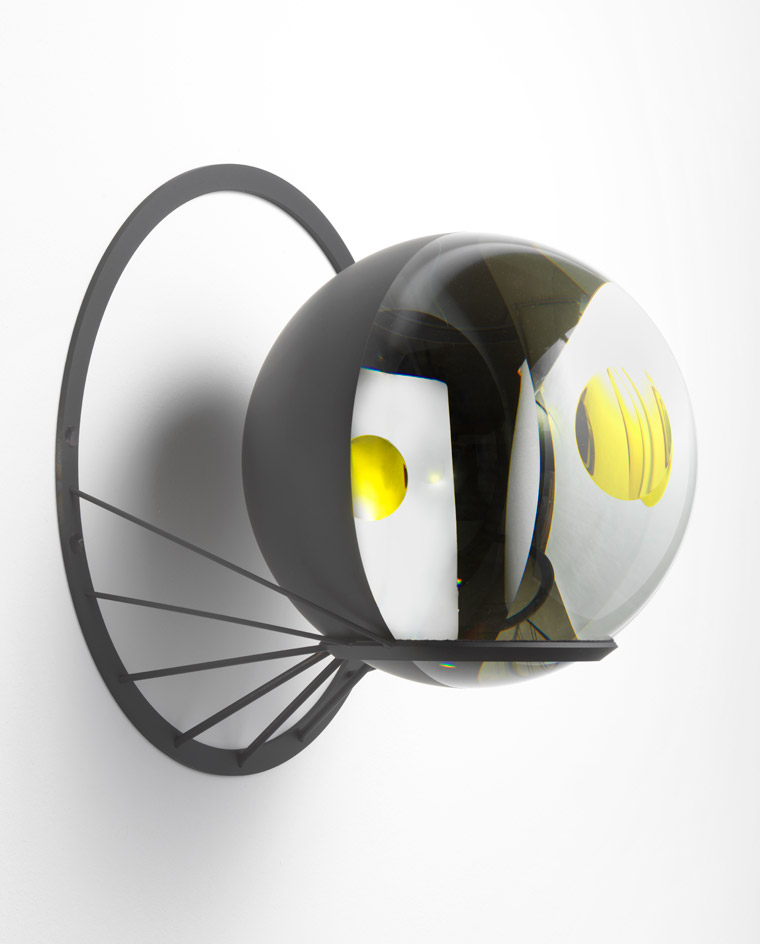
Solar replacement (white dwarf), 2018, by Olafur Eliasson, glass sphere, silver, paint (black, yellow), stainless steel. Courtesy of the artist and Neugerriemschneider, Berlin. © 2018 Olafur Eliasson
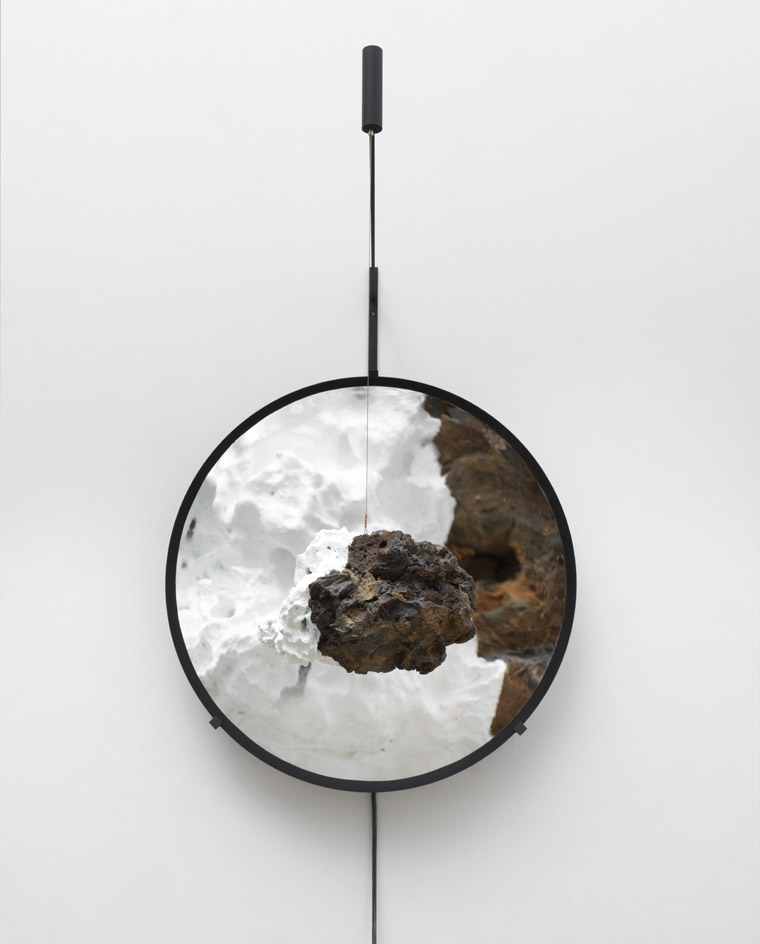
Day and night lava, 2018, by Olafur Eliasson, concave mirror, stainless steel, lava stone, LED, motor, paint (black, white), wire. Courtesy of the artist and neugerriemschneider, Berlin. © 2018 Olafur Eliasson
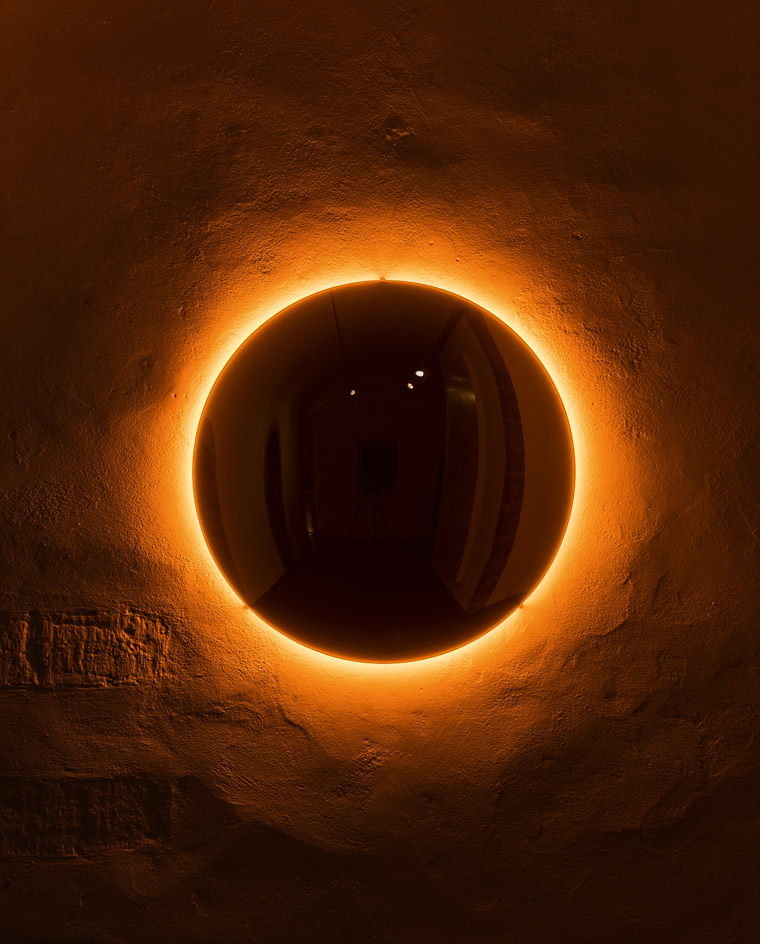
Black glass sun, 2018, by Olafur Eliasson. Installation view at Espace Muraille, Geneva, 2018. Convex black glass, stainless steel, monofrequency lights, transformer. Courtesy of the artist and Neugerriemschneider, Berlin. © 2018 Olafur Eliasson
INFORMATION
‘Objets définis par l’activité’ is on view until 28 April. For more information, visit the Espace Muraille website
ADDRESS
Espace Muraille
Place des Casemates 5
1204 Geneva
Wallpaper* Newsletter
Receive our daily digest of inspiration, escapism and design stories from around the world direct to your inbox.
-
 A Xingfa cement factory’s reimagining breathes new life into an abandoned industrial site
A Xingfa cement factory’s reimagining breathes new life into an abandoned industrial siteWe tour the Xingfa cement factory in China, where a redesign by landscape specialist SWA Group completely transforms an old industrial site into a lush park
By Daven Wu
-
 Put these emerging artists on your radar
Put these emerging artists on your radarThis crop of six new talents is poised to shake up the art world. Get to know them now
By Tianna Williams
-
 Dining at Pyrá feels like a Mediterranean kiss on both cheeks
Dining at Pyrá feels like a Mediterranean kiss on both cheeksDesigned by House of Dré, this Lonsdale Road addition dishes up an enticing fusion of Greek and Spanish cooking
By Sofia de la Cruz
-
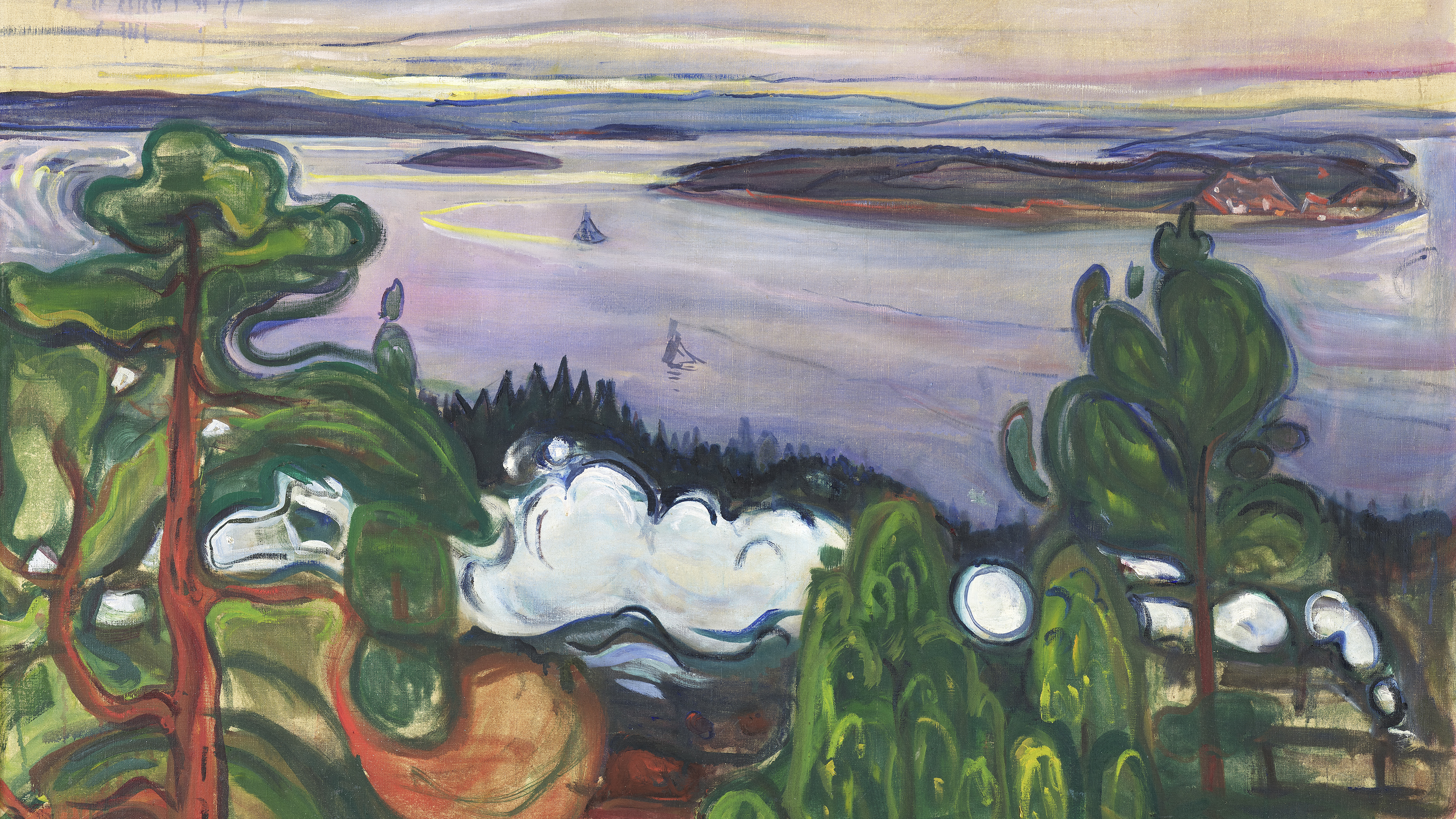 Switzerland’s best art exhibitions to see in 2025
Switzerland’s best art exhibitions to see in 2025Art fans, here’s your bucket list of the standout exhibitions to see in Switzerland in 2025, exploring compelling themes and diverse media
By Simon Mills
-
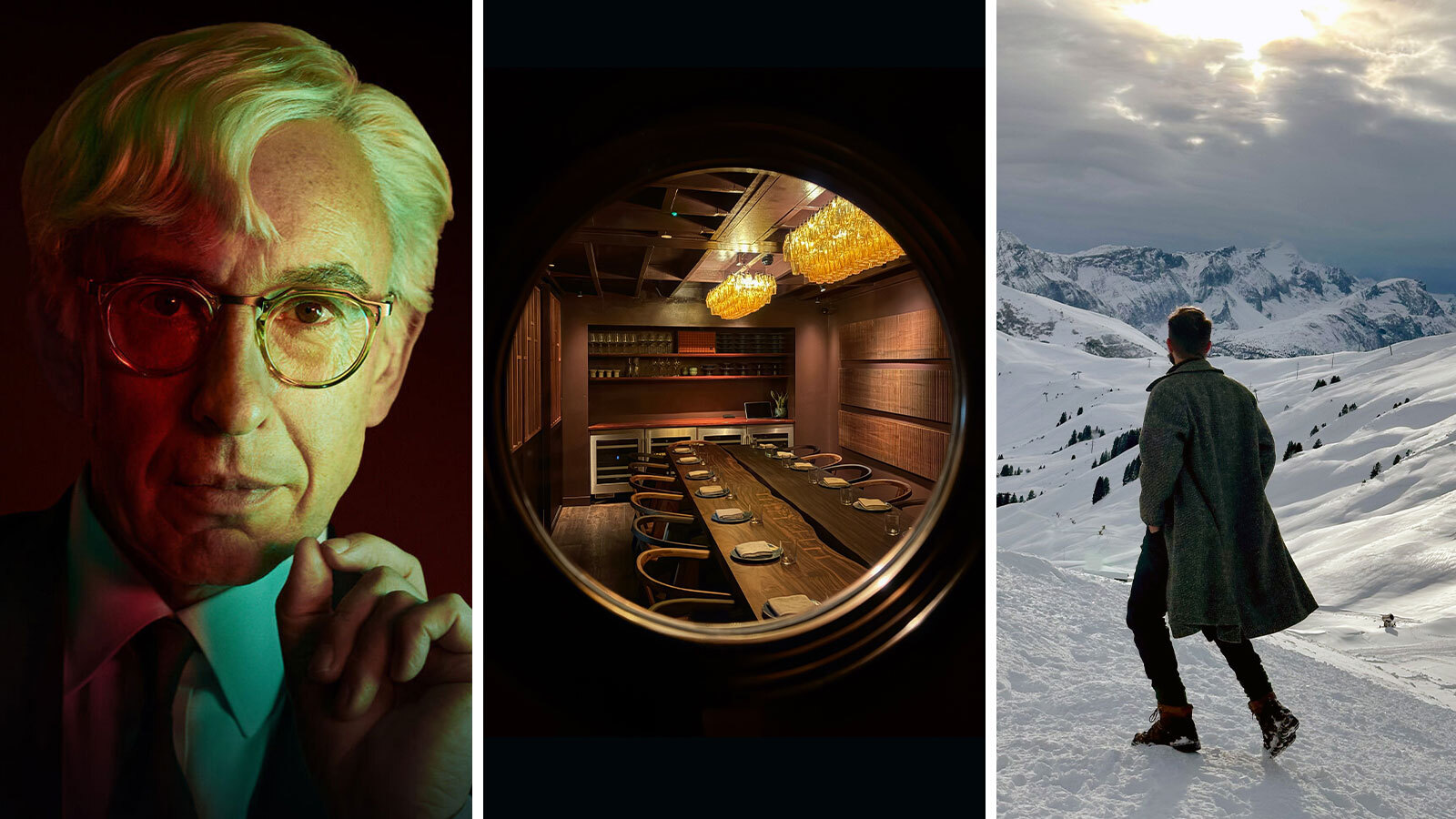 Out of office: what the Wallpaper* editors have been doing this week
Out of office: what the Wallpaper* editors have been doing this weekA snowy Swiss Alpine sleepover, a design book fest in Milan, and a night with Steve Coogan in London – our editors' out-of-hours adventures this week
By Bill Prince
-
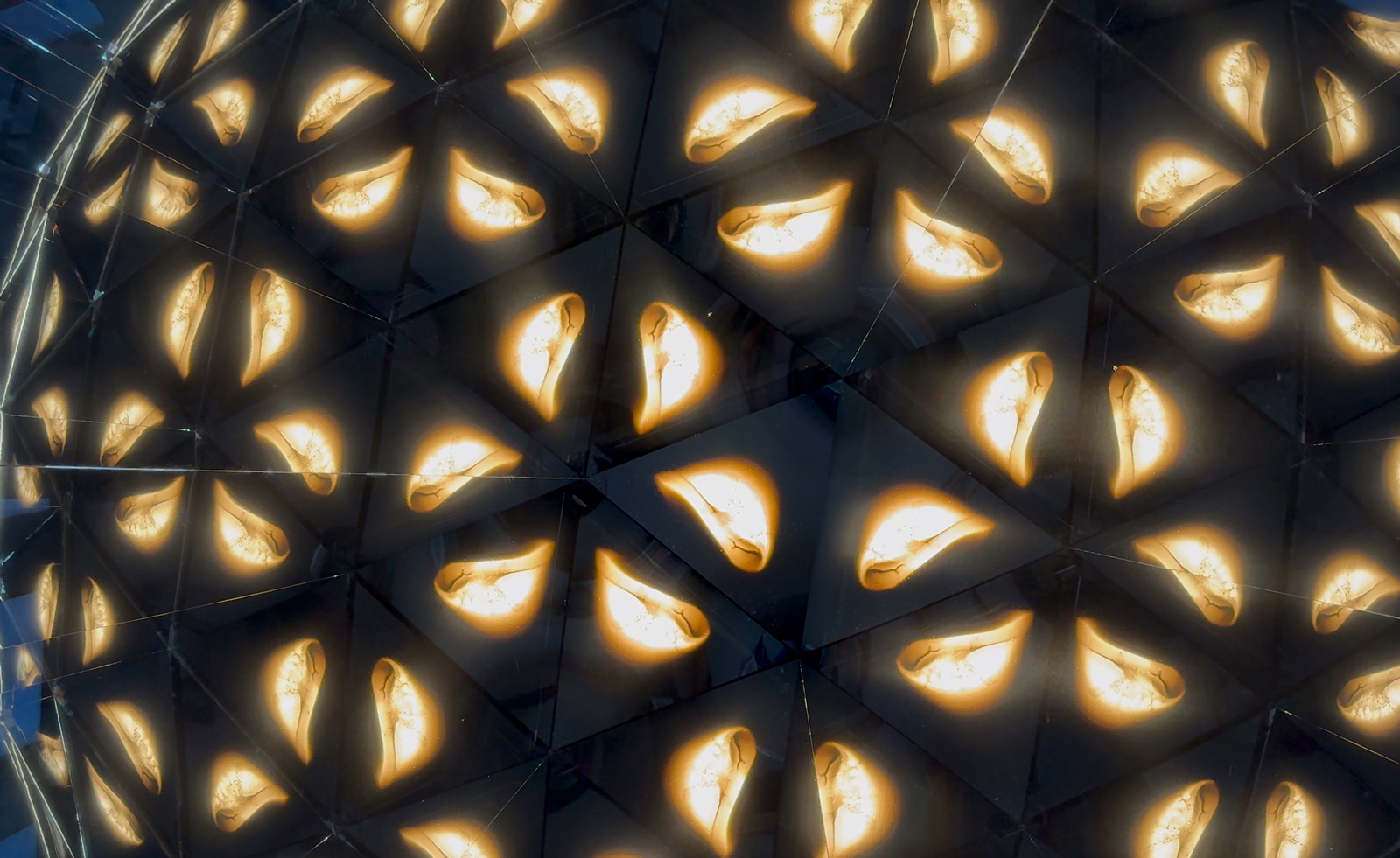 Olafur Eliasson's new light sculptures illuminate Los Angeles
Olafur Eliasson's new light sculptures illuminate Los AngelesOlafur Eliasson's new exhibition, 'Open,' at the Museum of Contemporary Art in Los Angeles, includes 11 new pieces
By Hunter Drohojowska-Philp
-
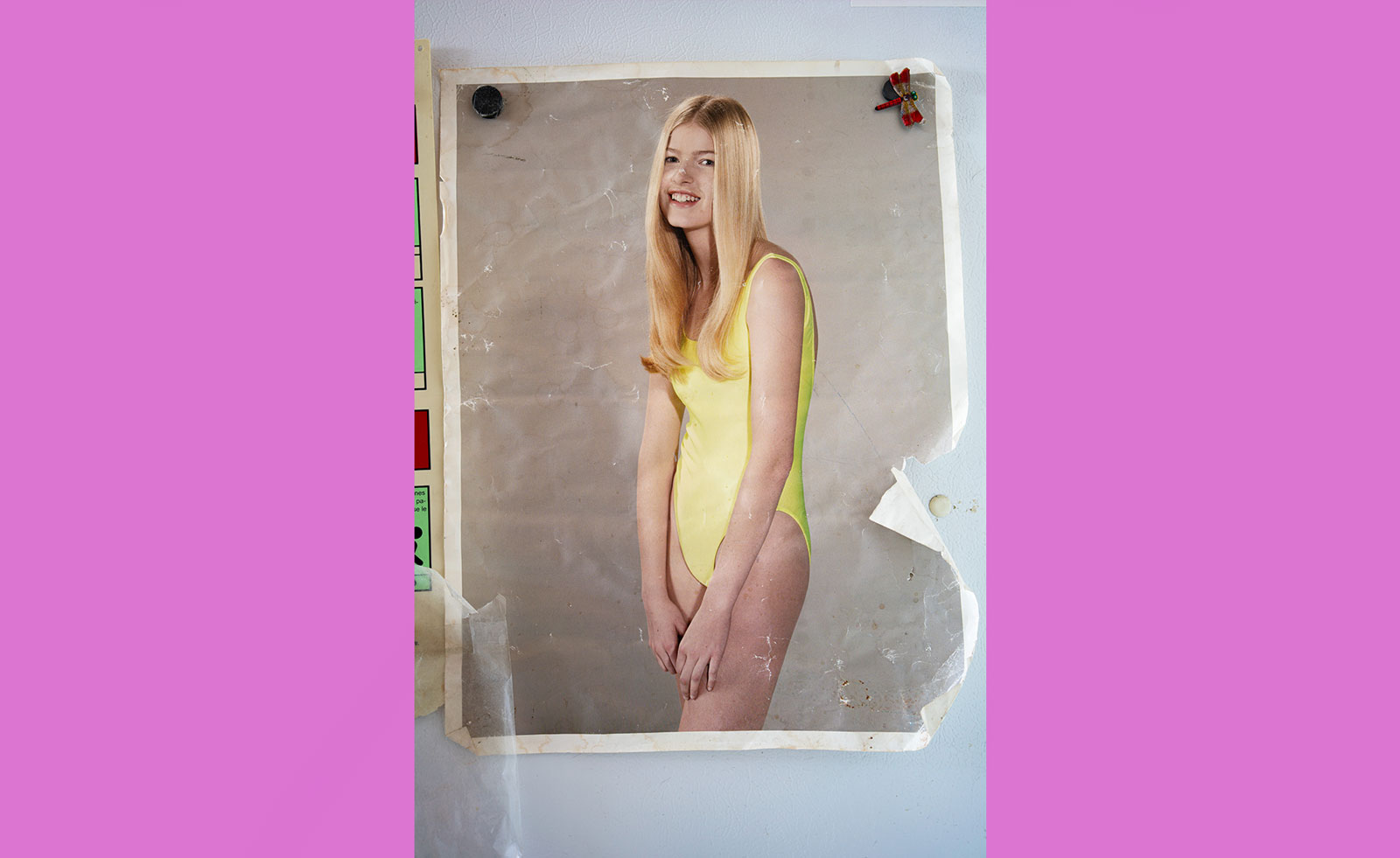 ‘Happy birthday Louise Parker II’: enter the world of Roe Ethridge
‘Happy birthday Louise Parker II’: enter the world of Roe EthridgeRoe Ethridge speaks of his concurrent Gagosian exhibitions, in Gstaad and London, touching on his fugue approach to photography, fridge doors, and his longstanding collaborator Louise Parker
By Zoe Whitfield
-
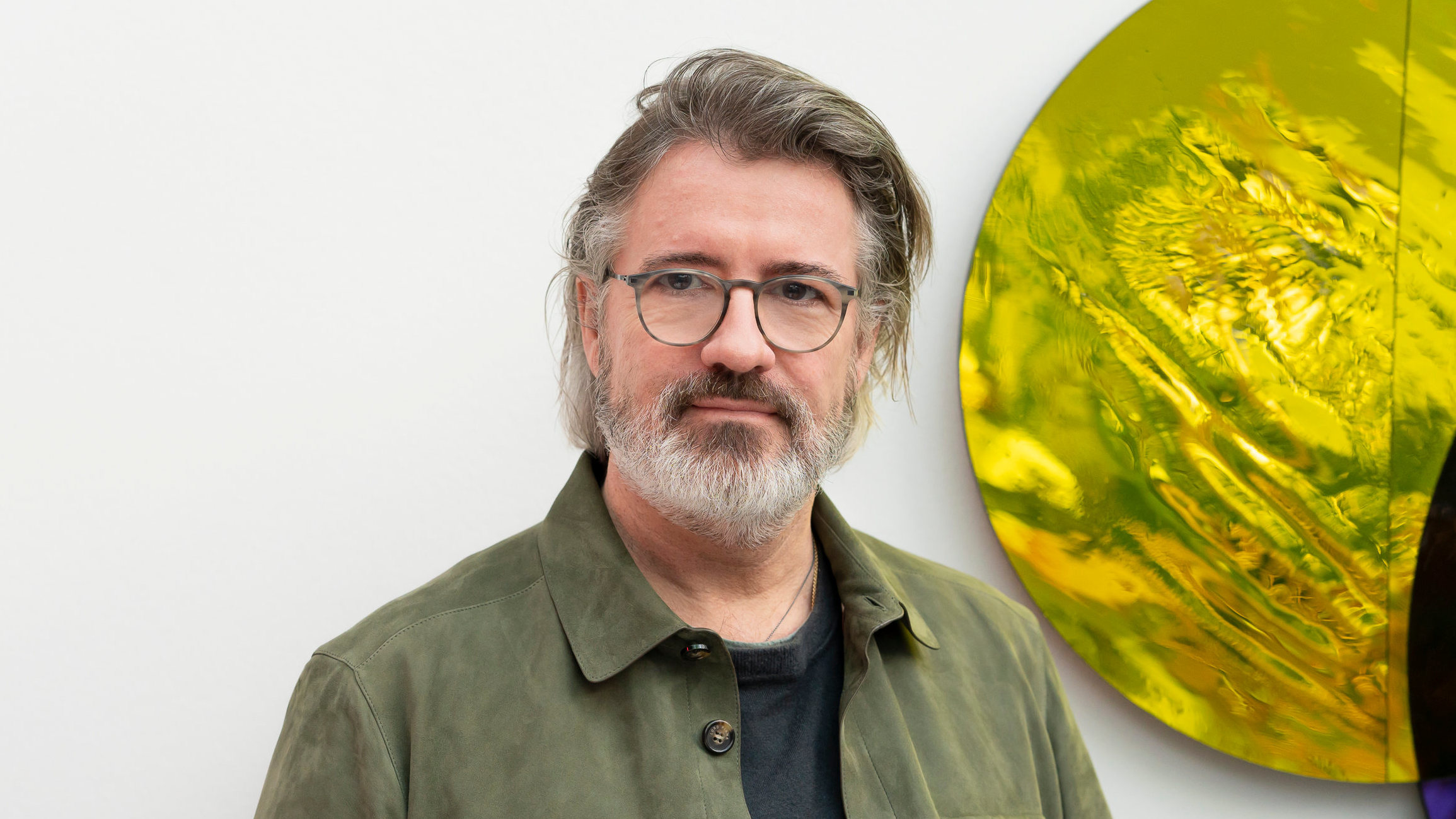 WeTransfer announces Olafur Eliasson as its new annual guest curator
WeTransfer announces Olafur Eliasson as its new annual guest curatorArtist Olafur Eliasson becomes the latest guest curator for WeTransfer’s WePresent creative portal
By Jonathan Bell
-
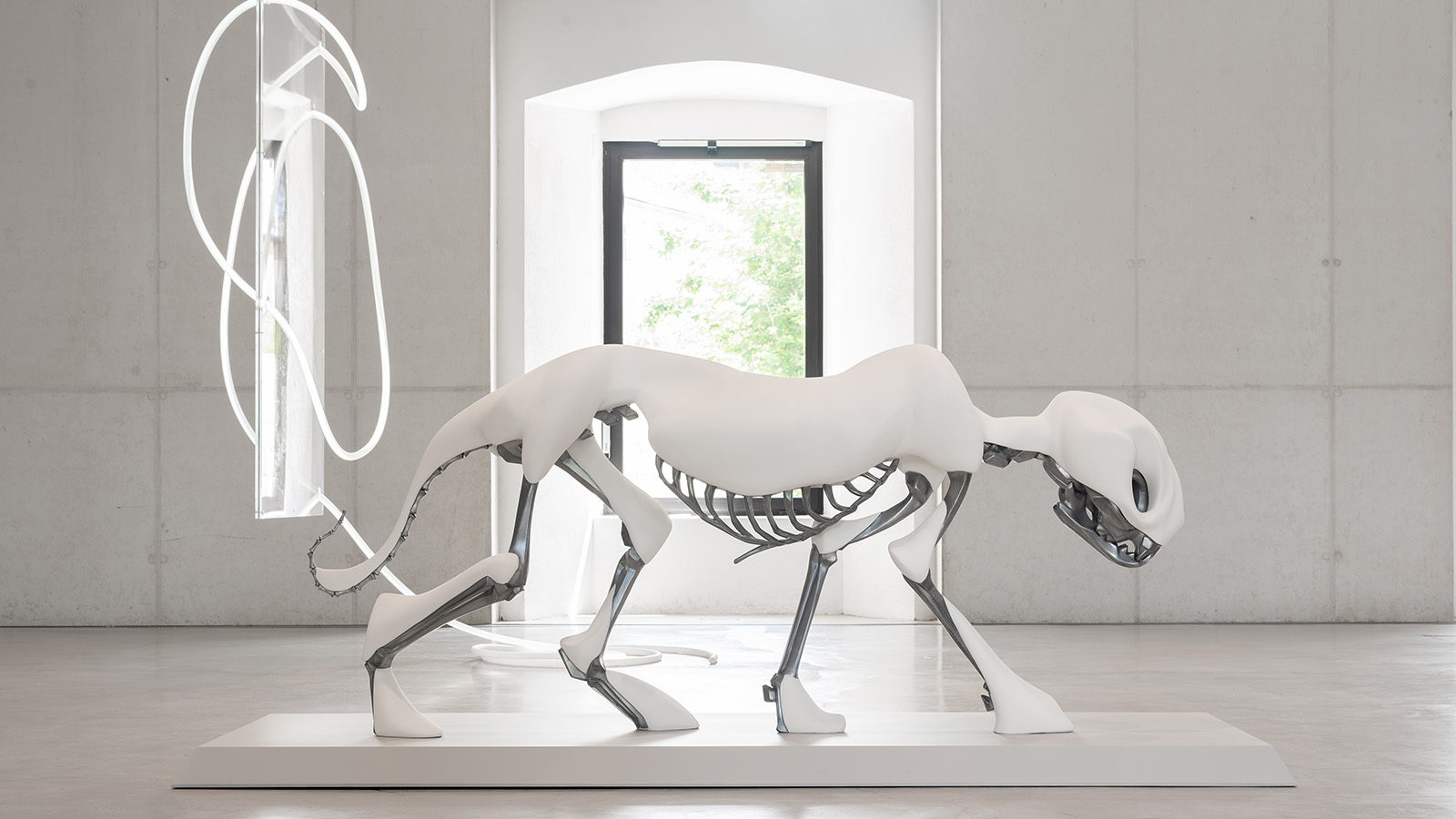 What to see at Art Basel 2024, as the fair arrives at its hometown
What to see at Art Basel 2024, as the fair arrives at its hometownArt Basel 2024, the fair of all fairs, runs 13-16 June, with 285 international exhibitors and a long list of side shows and projects
By Osman Can Yerebakan
-
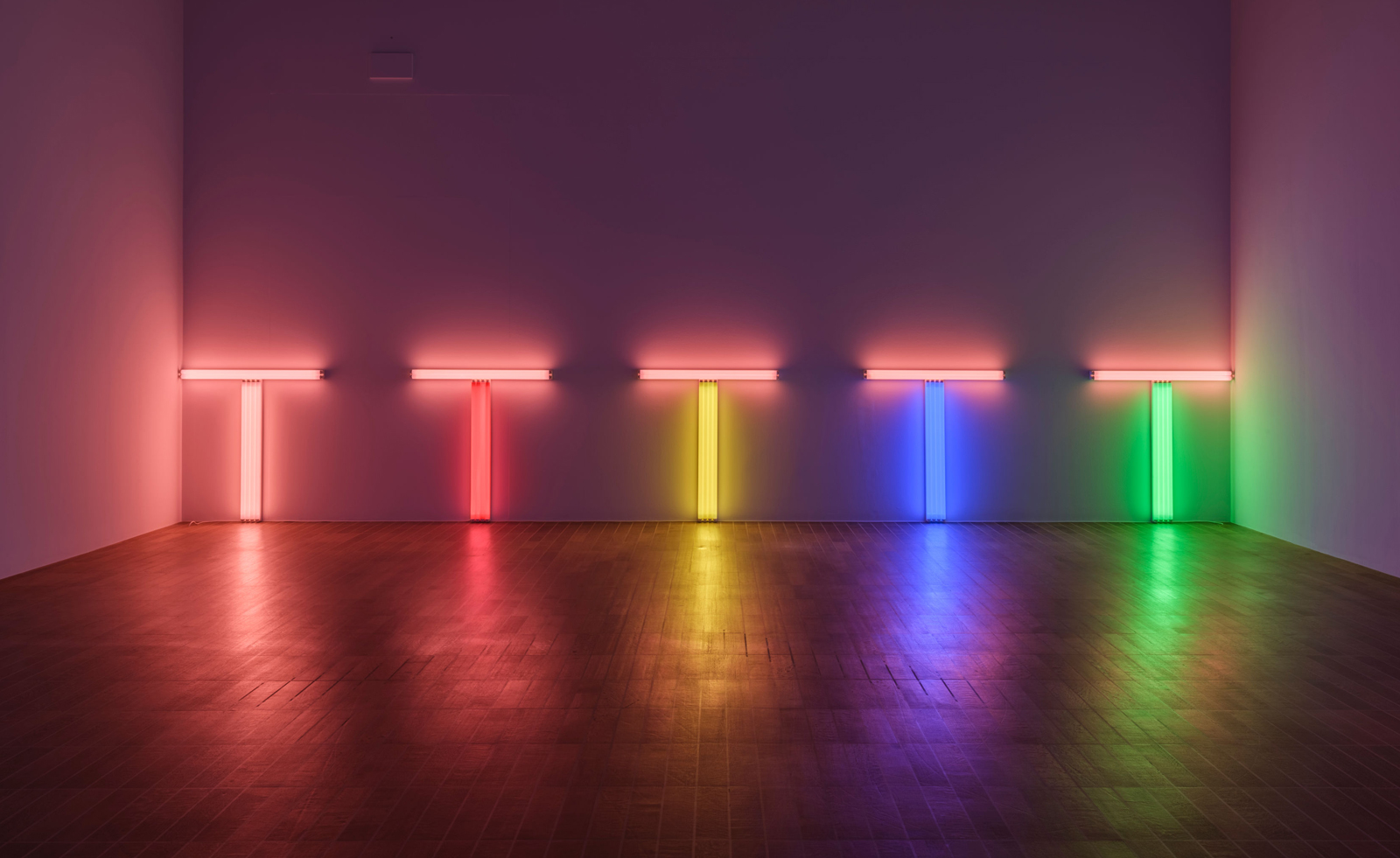 Dan Flavin’s fluorescent lights light up Basel
Dan Flavin’s fluorescent lights light up Basel‘Dedications in Lights’ celebrates Dan Flavin’s conceptual works, at Kunstmuseum Basel
By Amah-Rose Abrams
-
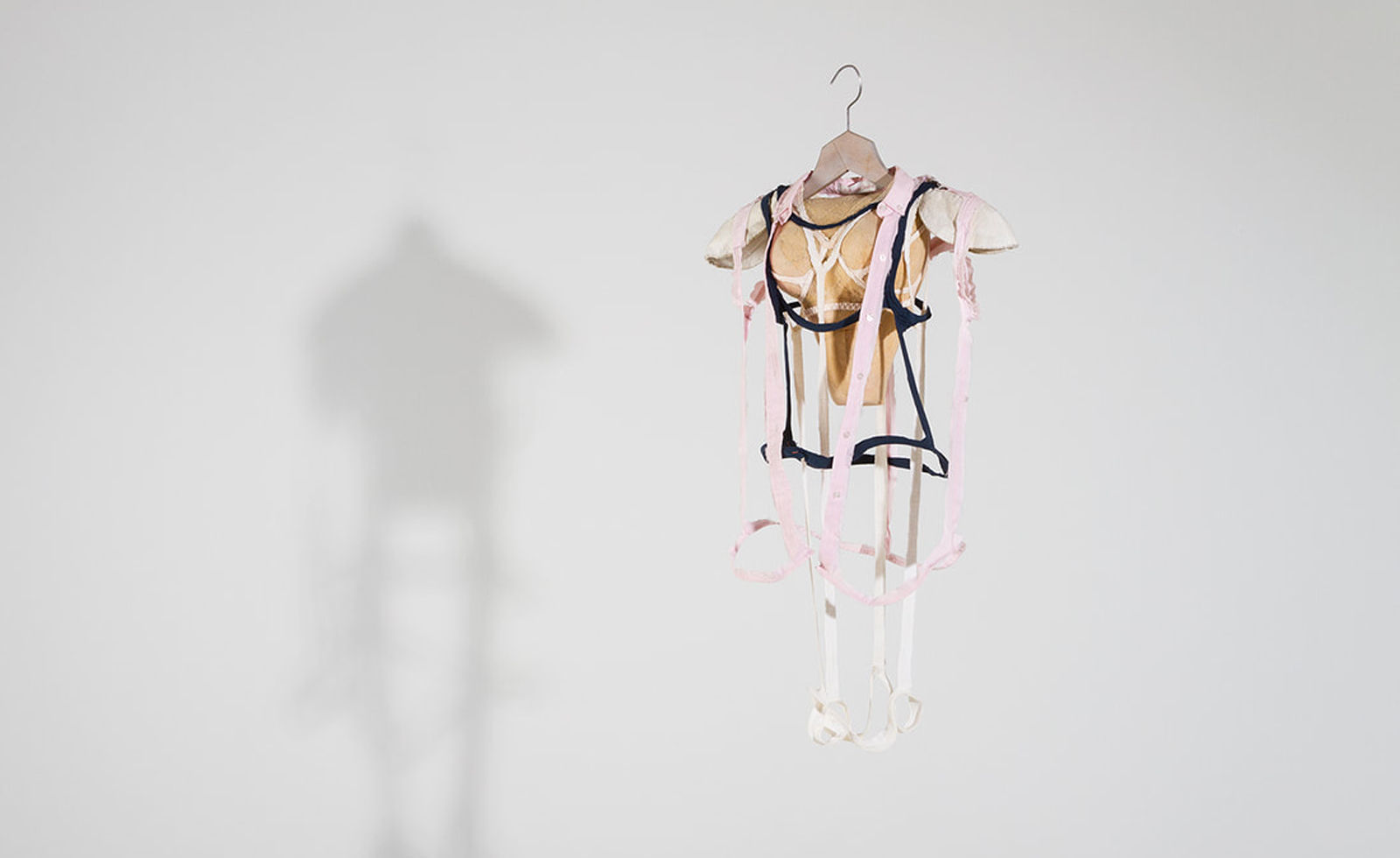 Space for My Body: Anu Põder’s retrospective opens in Switzerland
Space for My Body: Anu Põder’s retrospective opens in SwitzerlandEstonian artist Anu Põder is celebrated by Switzerland’s Muzeum Susch in an exhibition curated by Cecilia Alemani
By Hannah Silver